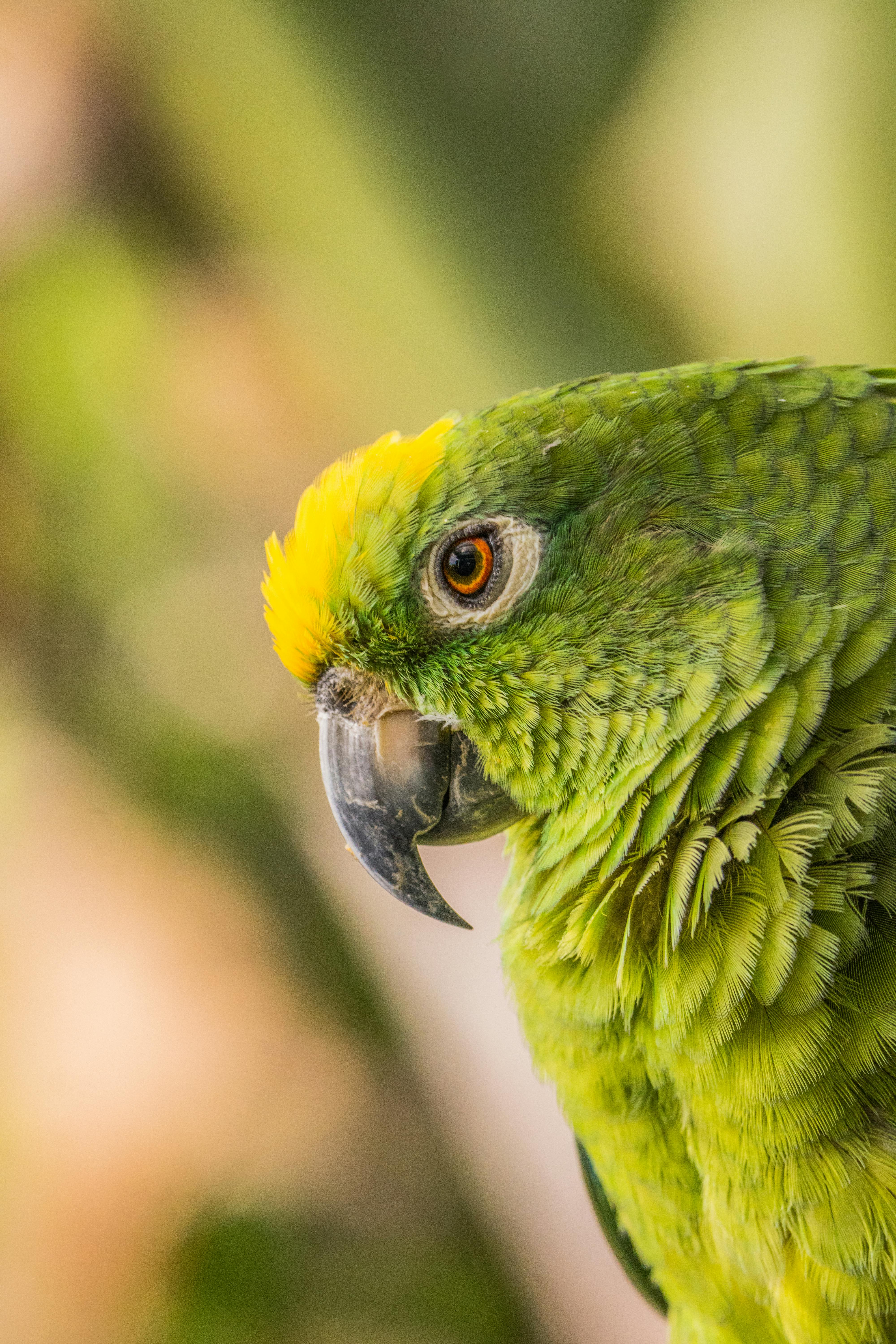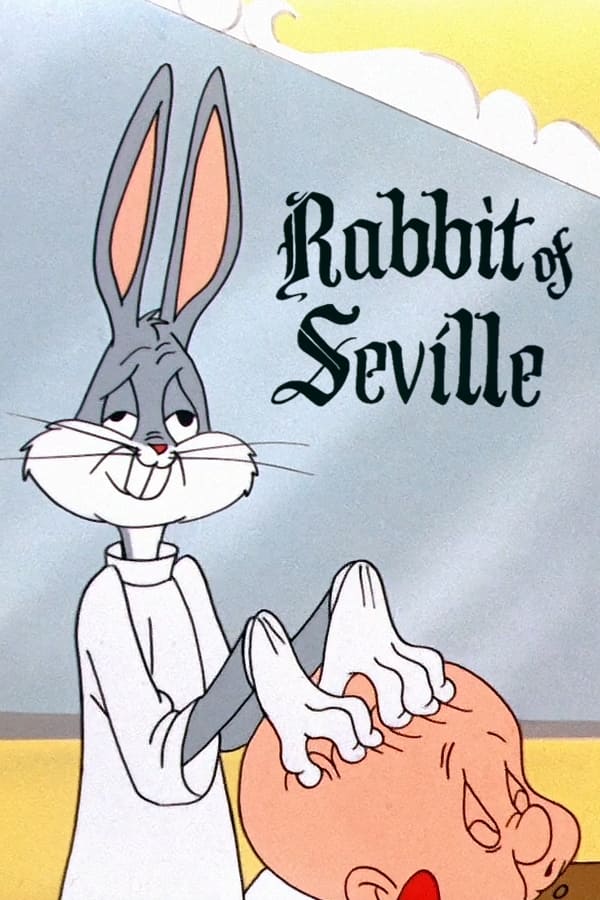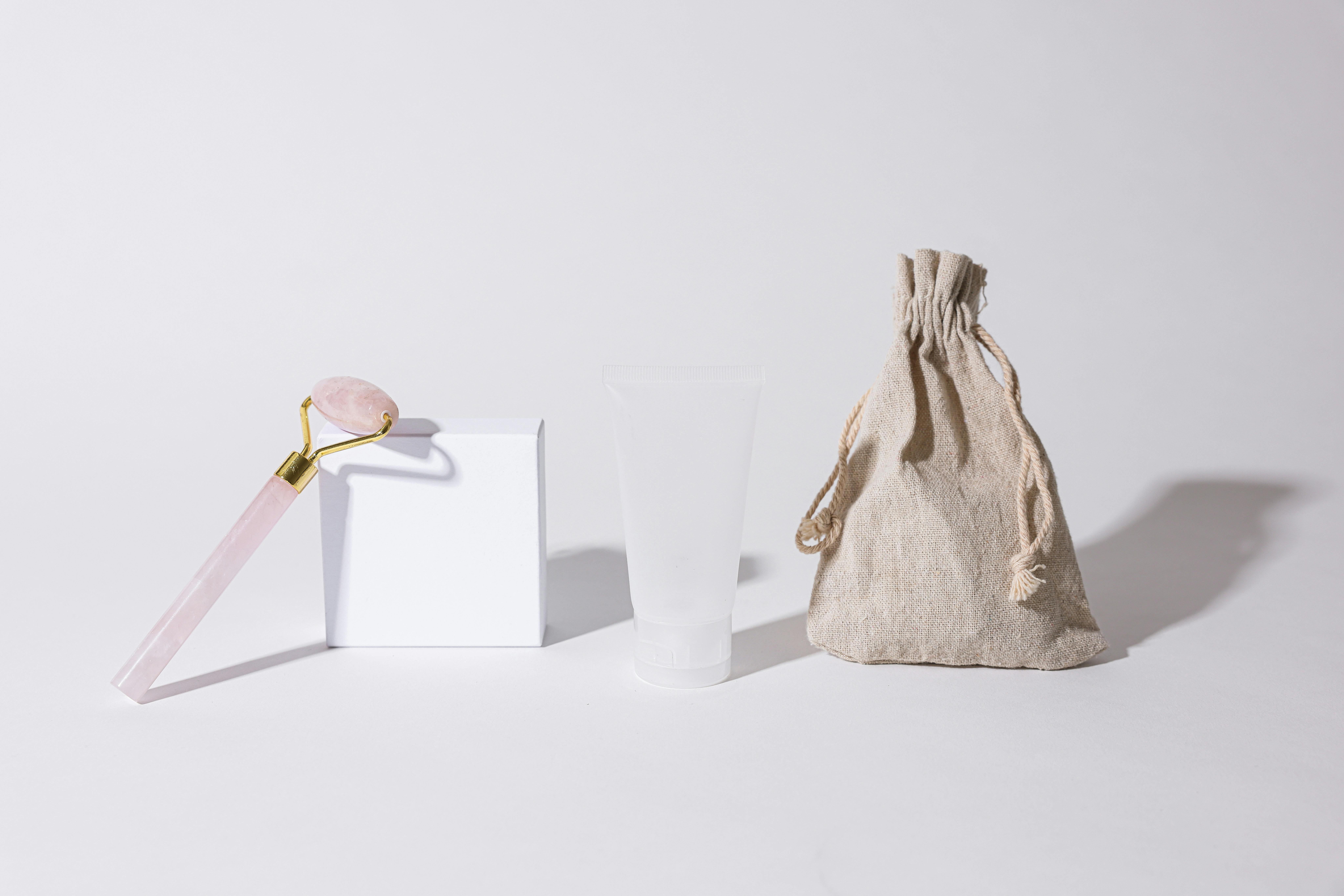Essential Guide to 30 Gallon Terrarium Setup for a Lush Habitat
Creating a 30-gallon terrarium is an exciting way to bring a slice of nature into your home. This sizable glass enclosure not only serves as a beautiful decorative piece but also provides a habitat for plants, insects, and even small animals. Setting up a terrarium offers numerous benefits, such as improved air quality, a calming aesthetic, and a unique opportunity to explore the principles of ecosystem design.
In this guide, we will walk you through everything you need to know about establishing a vibrant 30-gallon terrarium. From selecting the best plants to ensuring proper humidity and lighting, we’ll cover essential tips and tricks to maintain a healthy and thriving terrarium. This article will also explore innovative design ideas, ensuring your terrarium is not just functional, but also a work of art.
By the end of this guide, you will have a clear understanding of how to build a terrarium that suits your style and environment. So let’s dive into the lush world of terrarium gardening!
Choosing the Right Plants for Your 30 Gallon Terrarium
Building a successful 30-gallon terrarium starts with selecting the right plants. The plant species you choose will greatly influence the overall aesthetic and health of your terrarium ecosystem. It's important to consider compatibility, growth habits, and environmental needs.
Best Plants for a 30 Gallon Terrarium
When looking for the best plants for terrariums, focus on species that thrive in humid environments and low light, as terrariums often simulate these conditions. Here are a few ideal choices:
- Moss: Great for ground cover, moss helps retain humidity and adds lushness.
- Ferns: Varieties like the maidenhair fern provide delicate foliage.
- Pothos: This fast-growing vine is perfect for adding vertical height.
- Air Plants: Low maintenance and diverse in shape, air plants can be attached to structures.
These plants are not only visually striking but also serve different ecological roles in your terrarium. Be sure to group plants according to their moisture and light requirements for a thriving terrarium ecosystem.
Types of Terrarium Plants for Beginners
If you’re new to the terrarium hobby, starting with beginner-friendly plants can make the experience more enjoyable. Consider these easy-to-maintain options:
- Baby Tears (Soleirolia soleirolii): A small plant that spreads beautifully, perfect for a closed terrarium.
- Fittonia: Known for its striking leaf patterns, it thrives in humid environments and adds color.
- Spider Plant: Ideal for beginners, it adapts well to varying conditions and can help purify the air.
Choosing these plants will give you a sturdy start as you learn the nuances of terrarium care and maintenance.
Planning Your Plant Arrangement
Thoughtful planning of your terrarium layout enhances both aesthetics and plant health. Begin by visualizing the height and shape of each plant, considering how they will fill the space over time.
Layering is an essential part of this planning. Use taller plants in the back and shorter plants in the front to promote visibility and beauty. Additionally, incorporating larger decorative rocks or driftwood can create depth and interest within the terrarium.
Understanding Terrarium Microclimates
Creating a lush habitat in your 30-gallon terrarium involves understanding the concept of microclimates. Microclimates are the unique environmental conditions within different parts of your terrarium, influenced by factors like moisture, temperature, and light.
Maintaining Humidity Levels
Humidity is critical in a terrarium setup. For a healthy ecosystem, certain humidity levels must be maintained, particularly for tropical plants. Here are a few strategies to ensure adequate humidity:
- Use a closed glass top to retain moisture.
- Monitor humidity levels with a hygrometer.
- Regularly mist plants with distilled water.
This approach not only sustains plant health but also prevents potential issues such as mold growth and pest infestations.
Lighting Options for Your Terrarium
Appropriate lighting is necessary for photosynthesis and plant health. Depending on your plant choices, your terrarium may require different lighting solutions:
- Natural Light: Position your terrarium near a window, but avoid direct sunlight to prevent overheating.
- Artificial Lighting: Full-spectrum grow lights can be an excellent alternative if natural light isn’t sufficient.
Experiment to find the right balance of light exposure that keeps plants flourishing without stressing them.
Creating a Healthy Eco-Friendly Environment
Incorporating eco-friendly practices enhances the sustainability of your terrarium. Using organic soils and natural decorations like rocks and driftwood can help build a more balanced ecosystem.
Add helpful insects, like springtails and isopods, which assist in breaking down waste and maintaining soil health. This bioactive approach not only enriches the environment but also helps in pest control.
30 Gallon Terrarium Maintenance Tips
Once your 30-gallon terrarium is set up, regular maintenance is key to sustaining a thriving ecosystem. Here are essential care tips to ensure your terrarium remains lush and healthy.
Regular Watering Practices
Understanding how to water a terrarium is crucial. Unlike typical houseplants, terrariums require a different approach:
- Water sparingly to avoid over-saturation; a general rule is to check for dryness before watering.
- Base your watering frequency on the temperature, humidity, and plant type.
- When watering, ensure it penetrates the drainage layer, allowing roots to access moisture without sitting in water.
Following these guidelines helps maintain optimal moisture without risking mold or rot.
Cleaning and Tidying Your Terrarium
Occasional cleaning of your terrarium keeps it looking vibrant. Here’s how to effectively clean your enclosed space:
- Remove any dead leaves or debris that may accumulate at the bottom.
- Wipe down the glass thoroughly with a cloth to remove condensation and dirt.
- Check plants for signs of pests, addressing any issues promptly.
A clean terrarium not only looks appealing but supports a stable environment for your plants.
Pruning and Trimming for Growth
As plants grow, they often require pruning to thrive in their confined space:
- Gently trim any overgrown foliage to promote healthy growth and maintain aesthetics.
- Regularly check for overcrowding, removing weaker plants if necessary.
- Ensure that airflow is still adequate to prevent mold and mildew.
Effective pruning leads to a healthier plant balance and enhances your terrarium's overall beauty.
Unique Design Ideas for Your 30 Gallon Terrarium
Beyond the functional aspects, your terrarium can become a stunning focal point through creative design elements. Exploring unique design ideas can turn your terrarium into a captivating centerpiece.
Decorative Elements in Your Terrarium
Incorporate decorative items such as stones, wood structures, or miniature figurines to personalize your space. Each piece can add character and tell a story, enhancing your terrarium aesthetics.
For added inspiration, consider themes like fairy gardens or natural landscapes that evoke serenity and enjoyment.
Incorporating Technology in Your Terrarium
As technology evolves, integrating smart features can enhance your terrarium experience:
- Smart sensors can monitor humidity and temperature, sending alerts directly to your smartphone.
- A LED grow light with a timer helps maintain consistent lighting schedules, adapting to seasonal changes.
These innovative upgrades facilitate maintenance while enhancing the enjoyment of your terrarium journey.
Creating a Layered Landscape
Building different layers brings depth and interest to your terrarium landscape. You can achieve this by using:
- Pea gravel or decorative rocks for the drainage layer to prevent root rot.
- Activated charcoal to keep the ecosystem healthy and free from bacteria.
- A nutrient-rich soil layer that suits your chosen plants.
This artistic and thoughtful layering not only supports the plants' health but also creates visual allure.
Common Challenges and Troubleshooting
As with any gardening endeavor, challenges can arise in terrarium care. Recognizing potential issues and knowing how to troubleshoot them is part of successful terrarium management.
Identifying Pests and Fixing Infestations
Common pests like aphids and fungus gnats can disrupt a terrarium’s environment. Here’s how to handle infestations:
- Inspect plants regularly for signs of pests.
- Use organic solutions, such as neem oil, to address minor infestations.
- Encouraging beneficial insects can help manage pest populations.
Keeping an eye out for parasites will help maintain the overall health of your terrarium ecosystem.
Dealing with Mold and Fungal Growth
Excess moisture or poor air circulation can lead to unpleasant mold growth. To combat this:
- Aim for proper ventilation by avoiding overcrowding and ensuring airflow around plants.
- Regularly check humidity levels to find the right balance.
- Remove any affected plants or sections of substrate promptly to prevent spreading.
Addressing mold early on will help maintain the beauty and health of your terrarium.
Maintaining a Microclimate
Providing stability in your terrarium's microclimate is crucial for plant health. To maintain a consistent environment:
- Position your terrarium away from temperature extremes, such as direct heating or AC vents.
- Ensure your glass enclosure works to retain warmth and moisture while offering the right lighting.
A stable microclimate creates a thriving habitat for your plants.
Frequently Asked Questions About 30 Gallon Terrariums
1. How often should I water my 30-gallon terrarium?
Watering frequency varies based on climate and plant types, but a good rule is to check the soil moisture weekly and water when needed.
2. Can I use aquarium sand for my terrarium drainage layer?
Aquarium sand can work, but ensure it allows for proper drainage and does not compact too much, which could lead to water retention issues.
3. What type of terrarium is best for beginners?
A closed terrarium with humidity-loving plants is often best for beginners due to its self-sustaining ecosystem design.
Conclusion
Setting up a 30-gallon terrarium is a rewarding project that can enhance your living space and become a delightful hobby. By carefully selecting plants, maintaining humidity and lighting, and troubleshooting potential challenges, you can create and enjoy a lush, vibrant habitat. Whether you're showcasing beautiful plants or incorporating small creatures, the journey of terrarium gardening will connect you with nature, invigorate your creativity, and foster a deep appreciation for eco-friendly practices.
 example.com/image2.png
example.com/image2.png
 example.com/image3.png
example.com/image3.png 